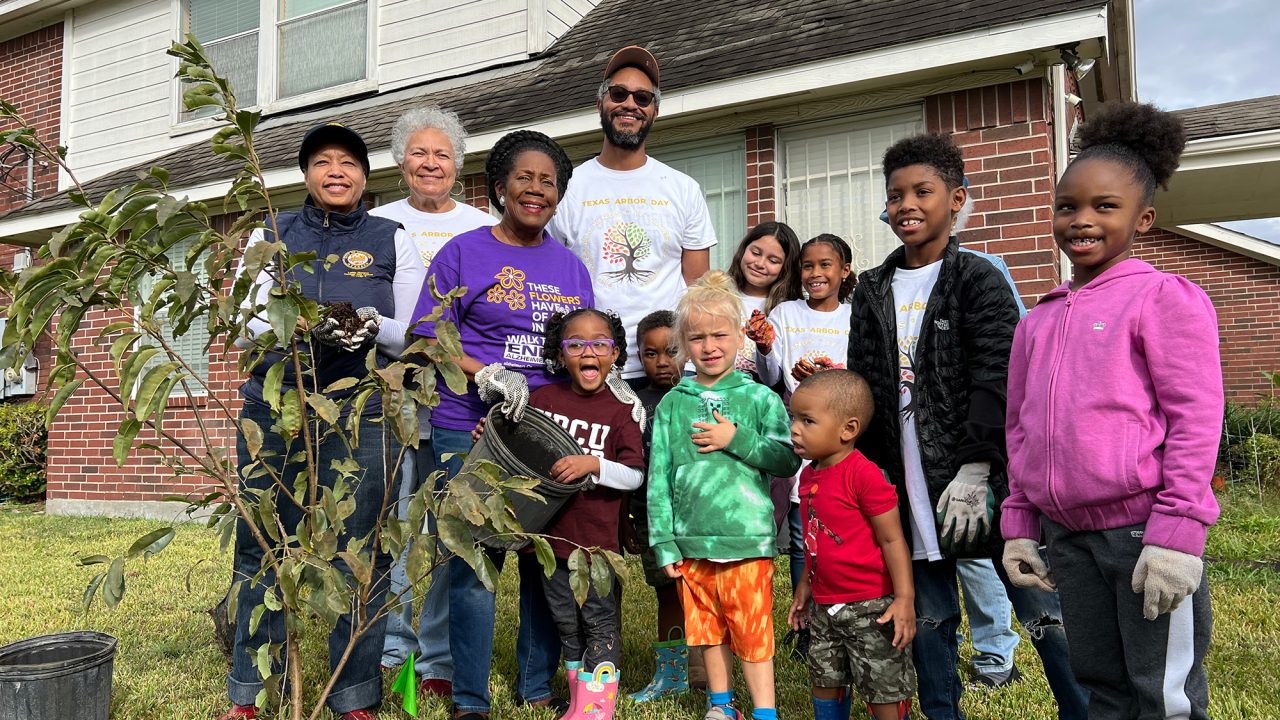Community Lattice – Environmental Risk Model for Revitalization
Cities and Towns

SUBMITTED BY:
Community Lattice
PARTNERS:
Kansas State University Technical Assistance to Brownfields Program (KSU TAB); Fifth Ward Community Redevelopment Corporation
LOCATION:
United States
Rehabilitating underutilized properties in disadvantaged communities — disproportionately home to low-income persons and minorities — can stimulate economic growth and quality of life improvements. But with the potential high cost and liability for cleanup due to known or unknown environmental conditions, these properties (known as “brownfields”) can deter investment and exacerbate a neighborhood’s decay.
Harnessing the Power of Data:
Inclusive Growth and Recovery Challenge Impact Report
Since the launch of PEER, local government and nonprofit organizations in Houston, Texas, have adopted the tool into their community and environmental justice projects. As a result, PEER has helped secure over $2 million in U.S. EPA Brownfields grants awarded to the City of Houston and Houston Land Bank, as well as a $200,000 EPA Environmental Justice Collaborative Problem-Solving grant for an urban agriculture and climate action pilot project.

Highlights
-
1
Promotion of Platform for Exploring Environmental Records (PEER)
PEER is an interactive, open-source tool that aggregates and displays publicly-available environmental records in an easy-to-use, accessible way. PEER was launched in March 2022 and immediately gained almost 300 users throughout the United States. With partners at Kansas State University’s Technical Assistance to Brownfields (KSU TAB) program, Community Lattice aggressively promoted the tool through a national webinar, at the Tribal Land and Environment Forum, and at the EPA’s National Brownfields Training Conferences and has made PEER accessible to thousands of communities.
-
2
Launch of Analysis of Brownfields Costs (ABC) Tool
In partnership with DataKind, Community Lattice participated in a project to predict cleanup costs of brownfields sites based on the EPA’s Assessment, Cleanup, and Redevelopment Exchange System (ACRES) database. Realizing the database did not contain enough data and reporting over time to derive accurate cleanup cost models, Community Lattice created the ABC tool to share cost variables for assessment and cleanup of brownfields, which is used to inform project decisions, budgeting, and fundraising.
-
3
Influence on Policy and Regulations
As a member of American Society for Testing and Materials (ASTM) International’s E50 Committee on Environmental Assessment,
Risk Management, and Corrective Action, Community Lattice offers critical insights on the development of consensus-based standards and guidelines based on knowledge gained through the Challenge. This level of influence on ASTM’s standards impacts the way federal and state governments create policies, rules, and regulations; professional practices around environmental planning and risk management; and most importantly, the way community needs are analyzed and understood to inform decisions that impact the lives of vulnerable populations.
Looking Ahead
Community Lattice was awarded two grants from Splunk totaling $125,000 to build on their Challenge project with a focus on data literacy, user education, and capacity building to achieve greater levels of inclusivity to bridge the data divide. Community Lattice’s project partner, KSU TAB, was also awarded an EPA Exchange Network grant of $400K in October 2022 to enhance API functionality and integrate PEER and ABC Tools into their publically available Brownfields Inventory Tool (BiT). Community Lattice continues to work with KSU TAB, DataKind, and other collaborative partners to explore opportunities with organizations like Google.org to advance research and tool development for social good.